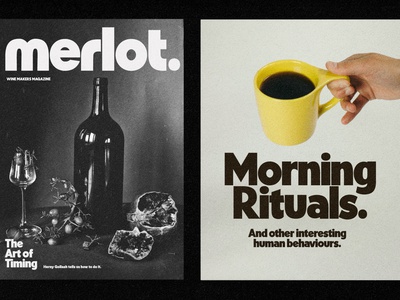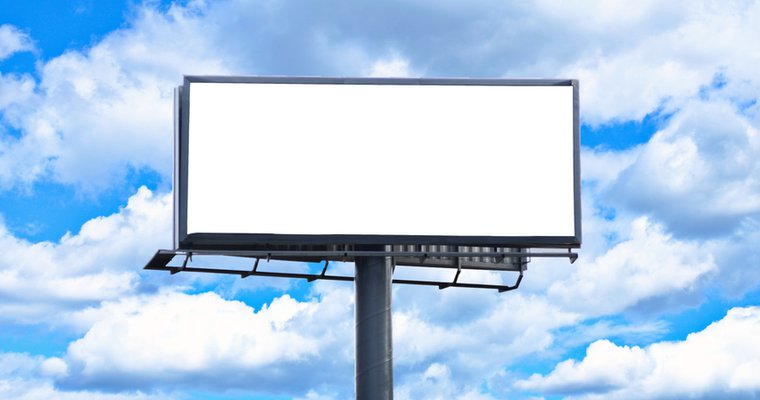
Marketers use cost per thousand impressions to gauge the success of an advertising campaign. It is calculated simply by adding the total ad cost to the estimated view count and subtracting it from the total ad price. Although CPM is an excellent measure of the effectiveness of a media campaign, it is not the only one to consider.
When measuring the effectiveness of an ad campaign, ad spend and ad performance are also important factors to keep in mind. Although tracking ad spending is essential, conversion rate is another important variable that can affect ad effectiveness. You might be interested in a cost per view ad model if your goal it to attract new clients. This type of ad costs less than CPM. This type of ad is not always the best choice, however, it's less predictable.
The click-through rate (CTR), is a measure of how successful your ads are. CTR generally refers to two clicks per hundred impressions. Depending on your medium, you might be able to increase CTR by using different ad formats or placing your ad at different locations. Rich media advertisements can also be used to increase the visibility of your ads.

Other metrics that can be used for evaluating ad performance are the average click rate and number of unique users. These statistics can be used to help you set your expectations for your ads. Monitor your ad performance throughout time. This is the best way.
CPC, which is different from CPM, is a more challenging metric. CPC can be more difficult to forecast revenue, and it is less likely you will get high-quality impressions. CPC revenue may also drive visitors away. A well-designed ad program can minimize the risk of moving to CPC.
CPC can be more efficient than CPM for online publishers. CPC can help optimize ad sales and collect more data. However, the risk of switching from CPM to CPC can be increased. CPC is believed to be more profitable than CPM due to its higher return on investment. But this isn’t always true.
Although higher CPMs don't always mean better earnings it is an indication that your ad is driving good traffic. Moreover, advertisers may be able to reach a bigger audience with a cost per thousand ad campaign. CPM may not be as effective for brand awareness, but it is still a good option. CPM does not predict whether a product such as a degreaser will be sold.

CPM rates can vary from one market to the next. A magazine that has a large readership will typically have a lower cost per thousand than one with a smaller readership. If you target a niche audience, you may pay less per ad. A cost-benefit analysis is a must when evaluating your advertising strategy.
FAQ
What is the best way to advertise online?
Internet advertising has become an integral part any business strategy. It allows companies to reach potential customers at low costs. There are many kinds of internet advertising. Some advertising is free and others are paid.
There are many other ways to advertise online. Each method offers its own advantages and disadvantages.
Why should you use social media to promote your business?
Social Media Marketing (SMM) allows you to reach customers where they are - on social networks such as Facebook, Twitter, LinkedIn, YouTube, Google+, etc. You can also target specific audiences within these networks by using keywords.
This advertising method is cost-effective because it costs less to market online than traditional methods. It also allows you to build strong relationships with your current and potential clients.
It is easy to use social media to promote your company. All you need to get started with social media is a smartphone or a computer, and an internet connection.
Is there any way to get free traffic?
Free traffic refers to traffic which comes directly from organic search results. This traffic is known as natural or organic traffic. There are many options to get free traffic like article marketing and social media marketing.
Article Marketing is an excellent way to generate free traffic. Paid ads have a higher CPC, but the CPC is typically much lower than paid ads. Article marketing is also referred to as content marketing.
Social Media Marketing - These social media sites, such as Facebook, Twitter or LinkedIn, allow you to advertise your business. These platforms are great for sharing updates, sharing photos, and building relationships with potential clients. Many businesses choose to buy ad space in social media because they want a wider reach at a reduced price.
Blogging - Blogging is another great way to generate free traffic. Writing quality content that people like reading will help you attract visitors. You can start to monetize your blog with the sale of products or services after you have attracted readers.
Email Marketing: Email marketing is a proven method to increase traffic to your website. Regular email marketing is a great strategy to increase your subscribers and ultimately sell something.
What is the basic purpose of advertising?
Advertising is not just about selling products; it's also about creating an emotional connection between you and your customers.
Advertising is communicating ideas and values. Advertising is about changing minds and attitudes. And it's about building relationships.
It's all about helping people feel good.
You can't sell to your customers if you don’t know their needs.
Prior to you begin any advertising project, make sure you understand your customer's buying habits and needs.
Then, you can create ads that resonate.
What is an advertising buyer?
Advertisers buy advertising space on television, radio, and print media.
An advertiser pays for the time they want their message to appear.
They don't necessarily seek the best ad; they want to reach their target markets with the most effective ad.
An advertiser might have information specific to their potential customers such as age and gender, marital status or occupation, hobbies, interests, income, etc.
This information can be used by advertisers to decide which media works best for them. They might decide direct mail is more effective for older people.
Advertisers also look at the competition. Advertisers will look at the competition to see if similar businesses are nearby.
Advertisers should also consider the budget they have and how long they plan to spend it before it expires.
What do you need information about print advertising
Print advertising is an effective way to reach consumers. Print advertising is used by many companies to promote their products and services. It is designed to attract the attention of the customer.
Print ads are usually one page in length and can include text, images and logos. These ads may include sound, animation and video as well as hyperlinks.
These are the main types of print ads:
1. Brochures: These large-format printed pieces are meant to draw customers into stores. Brochures can often be adorned with brightly colored images and eye-catching designs.
2. Catalogues – These are smaller versions to brochures. These are typically sent to customers who ask for specific information.
3. Flyers are small pieces or paper distributed at events such concerts and fairs. These flyers are usually free, but they must be purchased if given to retail outlets.
4. Flyers are also available in posters. These flyers can be displayed on buildings, fences and walls. They are usually created using computer software programs designed to catch passersby's attention.
5. Direct mail - These are letters or postcards that are sent directly to potential customers. Companies send these out periodically to remind existing customers about their business.
6. Newspaper Ads are placed in newspapers and magazines. These ads are often quite long and include both text and images.
What is an advertising campaign?
Advertising campaign refers to a series of advertisements intended to promote a product. It may also refer to the entire production of such ads.
The Latin word for "to Sell" gives rise to the term "ad". Marcus Terentius Varro (116–27 BC), the first known user of the term "ad" used it to mean "to make sales."
Advertising campaigns are typically done by large agencies and companies. There may be many media types involved, including print and television as well as radio, TV, and internet.
Advertising campaigns can last up to six months and have specific goals. Some campaigns are designed to increase awareness, while others aim to increase sales.
Statistics
- It's 100% reliant on your website traffic. (quicksprout.com)
- This means that at least 50% of an ad needs to be shown on the screen for at least one second. (quicksprout.com)
- It collects money from the advertisers, keeps 32% for its role in facilitating the process, and the remaining 68% goes to the publisher (you). (quicksprout.com)
- Nonetheless, advertising spending as a share of GDP was slightly lower – about 2.4 percent. (en.wikipedia.org)
External Links
How To
How to make sponsored ads on Facebook
Facebook has become one of the most popular social networking platforms. According to estimates, there are 1.79 million active monthly users around the world. The number is increasing every day.
Facebook is free. But, if you wish to reach your audience directly, you need to pay. You can also opt for paid advertising options such banners or promoted posts.
Log into the existing app if you already have it registered. Click "Create New App" if you don't have an app already registered. Next, follow these steps.
-
Click "Add Platform," under the Apps Section.
-
Click Next, and select Advertising.
-
Please complete the form and submit it.
-
After approval, you'll receive a Client ID (and Secret key). You will need to copy them.
-
Paste the keys in the appropriate fields.
-
Type the campaign name and choose the currency.
-
Click "Start Campaign"
-
Follow the instructions until the first banner appears. The URL will be copied and you can return to Facebook.
-
Paste the code into the box provided by Facebook.
-
Click "Save Changes."
-
Your ad must now be live
-
Repeat steps 10 through 12 for each additional banner you want to create.
-
Once the task is complete, click "Continue".
-
Finish the last step to create your ad-group.
-
Once your campaign is complete, click the "View All Ads” link to view all of it.
-
Click "Remove ads" next to each ad to remove it.
-
If you don't see any results after running your campaign you should double-check that you followed the instructions correctly.
-
Check the date range you have chosen for your campaign.
-
It is important to budget properly.
-
Save your changes.
-
Before you click "Submit", make sure to review the settings.
-
Wait for your ads to appear on your timeline.
-
Well done!
-
Let's now look at some tips to improve your results.